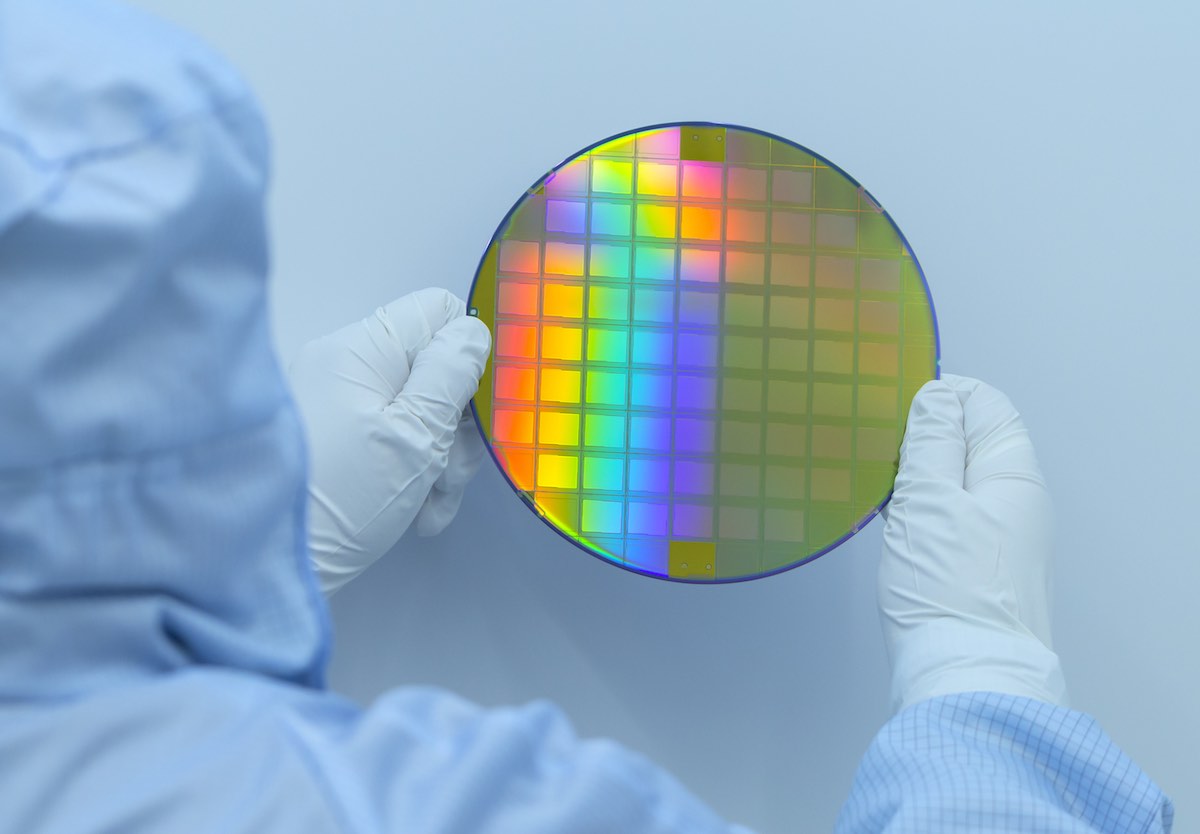
Semiconductors – especially silicon – are the heart of the electronic devices we use every day, including the device you are using to read this article. Although widely used, semiconductors have certain limitations.
The atomic structure of any substance vibrates, creating quantum particles known as phonons. These phonons, in turn, cause particles carrying energy and information to spread within electronic devices over nanoseconds and femtoseconds. This causes energy loss in the form of heat and limits the speed of information transfer.
now, Columbia University scientists have discovered the fastest, most efficient semiconductors yet. Supraatomic matter is called… Re6Se8Cl2It consists of a mixture of rhenium, selenium, and chlorine atoms that pack together and act as one large atom.
In Re6Se8Cl2, excitons do not scatter when they come into contact with phonons. Instead, they bind to phonons to form new quasiparticles called acoustic exciton polarons. Re6Se8Cl2 polarons are capable of flowing ballistically or without dispersion. According to researchers, this behavior is ballistic That could one day translate into faster, more efficient devices.
In experiments, the team found that acoustic exciton polarons from Re6Se8Cl2 moved twice as fast as silicon electrons and crossed several microns of the sample in less than a nanosecond. Since polarons can last about 11 nanoseconds, the researchers estimate that exciton-polarons can travel more than 25 micrometers at a time.
In addition, these particles are controlled by light rather than electrical current and a gate, which means… Theoretical electronic devices made from this material can achieve processing speeds in the femtosecond range, six orders of magnitude faster than current electronics. All at room temperature.
In terms of energy transfer, Re6Se8Cl2 is the best semiconductor we know of, at least so far.
Milan Delor, chemistry teacher.
The new quasiparticles are fast, but contrary to what is expected, they reach that speed at their own speed, just like the story of the tortoise and the hare. Electrons can travel very quickly through silicon, but they bounce around a lot and end up not getting far.
In comparison, Re6Se8Cl2 excitons are very slow, but precisely because they are able to meet and couple with equally slow acoustic phonons. The resulting quasiparticles are heavy and move slowly but steadily. Without being blocked by other phonons, the exciton-polarons in Re6Se8Cl2 end up moving faster than the silicon electrons.
but, Re6Se8Cl2 is unlikely to become a commercial product. The first element in the molecule, rhenium, is one of the rarest elements found on Earth, and therefore very expensive. But with this proof of concept, researchers are keen to see if there are other superatom contenders capable of beating Re6Se8Cl2’s speed record.
This is the only material in which ballistic exciton transmission has been observed at room temperature. But now we can begin to predict other materials that might have this behavior that we had not considered before. There is a whole family of superatomic materials and other 2D semiconductors with favorable properties to form an acoustic polaron.
Milan Delor
via columbia.edu

“Creator. Troublemaker. Hardcore alcohol lover. Web evangelist. Extreme pop culture practitioner. Devoted zombie scholar. Avid introvert.”
